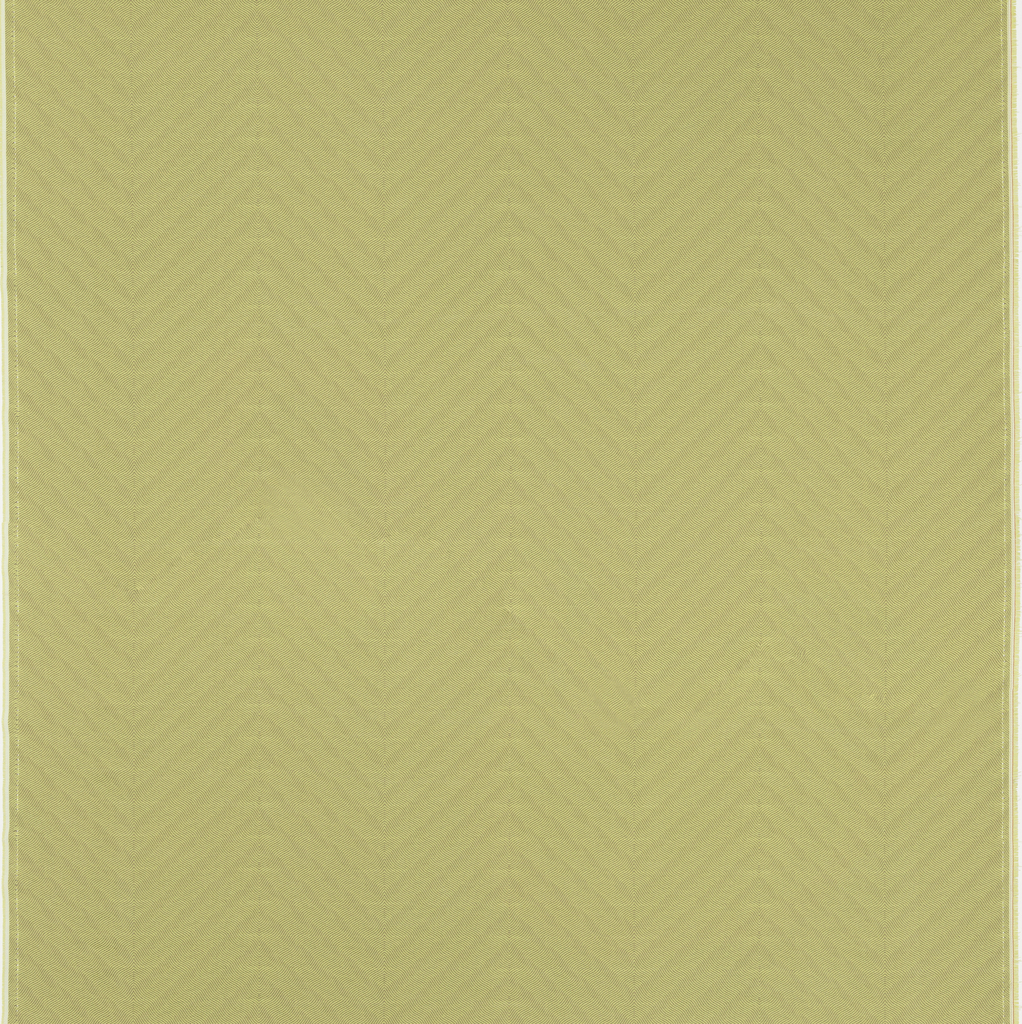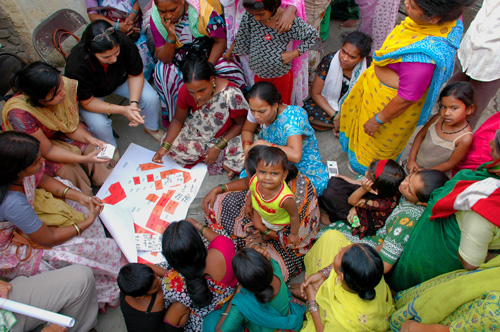One of the greatest challenges in designing commercial textiles has been creating durable, cleanable, affordable, and aesthetically pleasing fabrics for highly trafficked and 24/7 environments like healthcare facilities, theaters and airports. In addition, there is more demand for textiles with sustainable manufacturing practices, and companies like Designtex are taking on this responsibility and producing some...
Cities don’t make people poor; they attract poor people. The flow of less advantaged people into cities from Rio to Rotterdam demonstrates urban strength, not weakness.” Edward Glaeser, Triumph of the City The first exhibition in this series, Design for the Other 90%, sparked an international dialogue about how design could improve the lives of...
Dr. Paul Polak, founder of International Development Enterprises and D-Rev, explores when traditional approaches to alleviating poverty fail and how more affordable alternative solutions can succeed.
Designers, engineers, students and professors, architects, and social entrepreneurs from all over the globe are devising cost-effective ways to increase access to food and water, energy, education, healthcare, revenue-generating activities, and affordable transportation for those who most need them. And an increasing number of initiatives are providing solutions for underserved populations in developed countries such...
Modesta Nyirenda-Zabula, Project Manager, Godisa Technologies Trust
This panel highlights the growing trend in design to create affordable and socially responsible objects for the vast majority of the world’s population (90%) not traditionally serviced by designers. Contributors to the exhibition Design for the Other 90% discuss the design and use of affordable and socially responsible objects. Be among the first to see...
The third of the grand challenges posed by Secretary Wayne Clough for the new strategic plan of the Smithsonian is explained by the sentence: “As a steward and ambassador of cultural connections, with a presence in some 100 countries and expertise and collections that encompass the globe, we will build bridges of mutual respect, and...
Design for the Other 90% opened in Washington, DC on April 28, 2010 at the National Geographic Museum’s 17th Street galleries, through September 6, 2010. Admission is free. Photo: Megan Seldon, National Geographic Society, 2010 Alan Parente (left) and Rich McWalters of the National Geographic Museum install the Solar Home Lighting System, one of the...
Phil Patton Design Watch Members of the Museum had a preview of the 2010 New York International Automobile Show this week. Phil Patton led the group – he’s the design critic and author who knows lots about whatever moves you and writes the Wheels blog for NYTimes.com. As he guided us from one example to...








